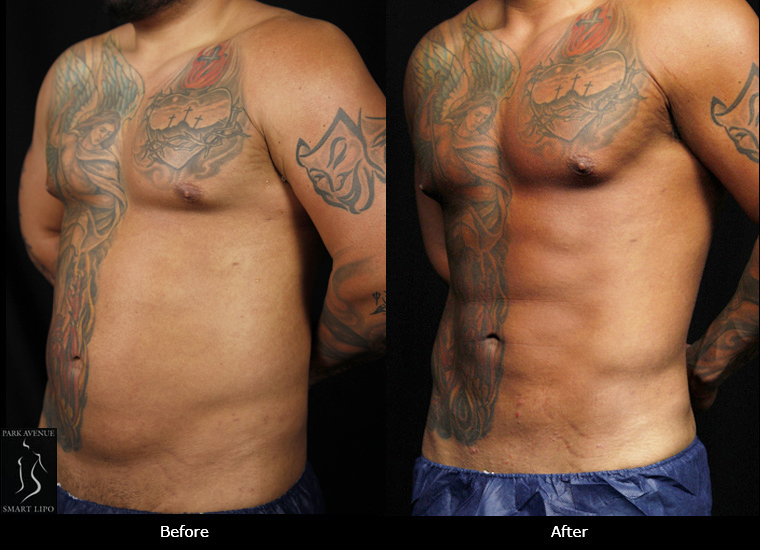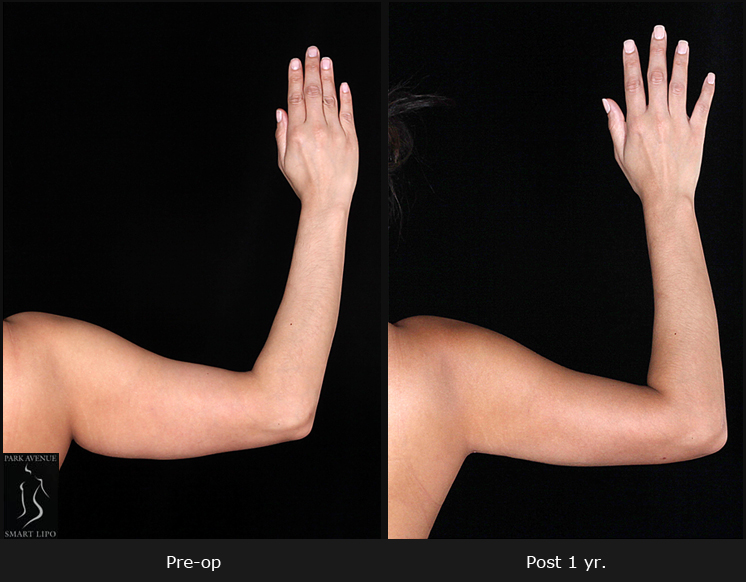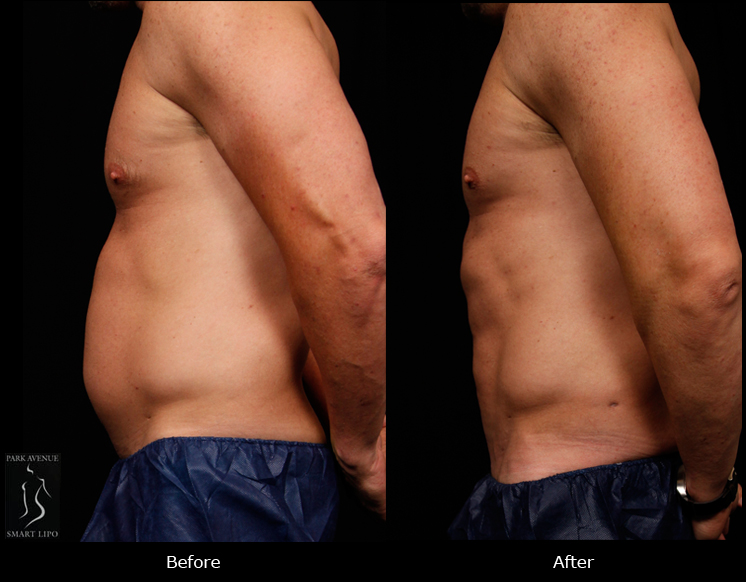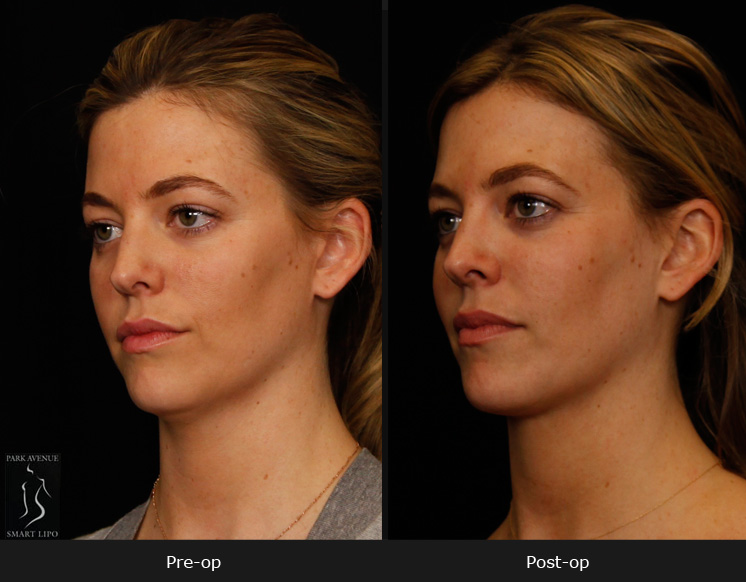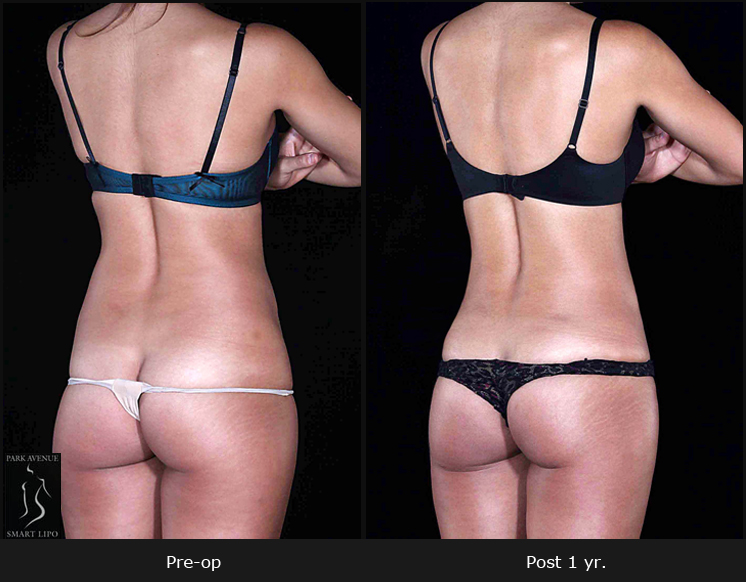A cosmetic procedure that removes excess fat deposits from various body areas, liposuction in Manhattan is growing in popularity among both men and women. According to recent reports from the American Society of Plastic Surgeons (ASPS), a total of 258,558 liposuctions were performed in 2018, an increase of 5% from 2017. Liposuction is not a weight-loss method, but it can slim and sculpt various areas of the body to a trimmer, refined, attractive shape. Many people think that, after liposuction, they don’t have to work out because the results might remain same forever. But the fact is that if you undergo liposuction, it is very important that you exercise regularly after the procedure to maintain the results. Not doing could lead to regaining fat on other areas of body and dissipate your outcomes.
Laser liposuction does remove unwanted fat, as it involves suctioning out subcutaneous fat cells – the fat that accumulates just beneath the skin. However, weight gain after the surgery can affect the results. So to gain lasting benefits and maintain the results longer, researchers have found that people need to exercise following their liposuction treatment. Otherwise they risk of regaining the fat lost during surgery and redistributing that fat to the midsection, an outcome that can make them less healthy than before the operation (www.nytimes.com).
Excess body fat is a major concern for many men and women as it poses aesthetic as well as health issues. Even though the word “fat” is used to describe all body fat, there are different categories of fat. Some types of fat are beneficial and necessary for our health whereas others can have a negative effect. Stubborn fat pockets that are unresponsive to strenuous diet and exercises respond to liposuction. After the procedure, it is the patient’s responsibility to look after their body and prevent further fat accumulation. Working out on a regular basis is important for this.
According to a study published in the Journal of Clinical Endocrinology and Metabolism in 2012,a workout of three times a week, comprising a five minute warm-up, strength training, and up to 40 minutes of cardiovascular exercise, was more than enough to prevent future weight gain and the formation of visceral fat which is stored around the organs deep within your abdomen, and increases your risk for heart disease and diabetes.
Unlike traditional techniques that involved surgical intervention to remove excess fat, modern liposuction modalities such as Smartlipo are minimally invasive, allowing the procedure to be performed under local anesthesia. This technique offers superior body contouring results and allows you to achieve your goals quickly, with less surgical trauma, and with minimal downtime.It also comes with a fairly short recovery time of one to two weeks. Some bruising and discomfort are typical after the procedure, but most patients are able to return normal activity and work in a couple of days, and resume exercise after 2 weeks. You need to follow your surgeon’s recommendations on exercise following liposuction. Here are some general recommendations:
- Light aerobic exercise, mainly walking, may be done within two days after the procedure.
- Start off with light activities and gradually increase them up to tolerable levels.
- Resistance exercises or weight training can be resumed after the second week. These help tighten the skin and tone the muscles.
- Once recovery is complete, make exercise a part of your daily regimen.
- If you feel any pain or discomfort when you exercise, slow down and contact your surgeon.
- Follow your surgeon’s instructions. Every surgery is unique, and patients heal at different rates. Your surgeon can provide exercise tips that are specific to your procedure and body type.
Apart from exercise, follow the right diet to maintain a healthy weight, enhance the results of your body contouring procedure, and improve overall well-being. If you are considering liposuction in Manhattan, choose an AAAASF-accredited plastic surgery facility that offers the services of skilled liposuction surgeons.

